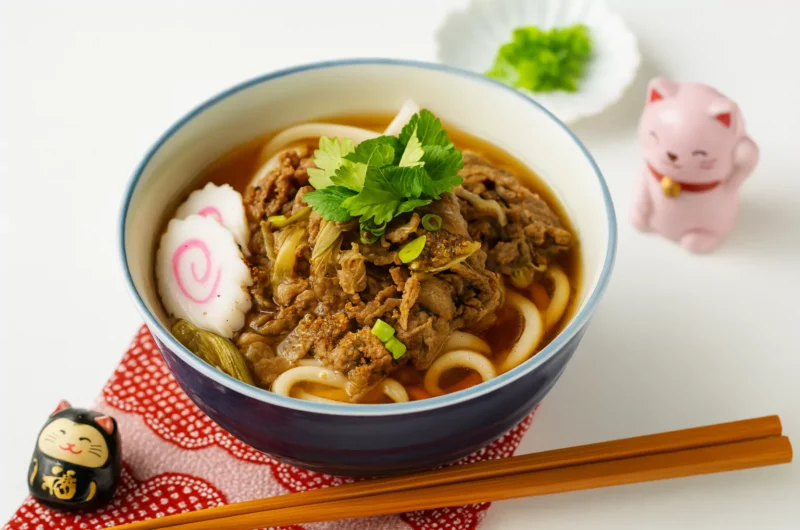Have you ever wondered why a simple bowl of noodles can feel like a warm hug? In Japan, there is one dish that does exactly that—Beef Udon. At first glance, it looks like a plain noodle soup topped with beef, but once you taste it, you’ll realize it’s so much more. The broth is savory yet light, the noodles are soft and chewy, and the sweet-soy beef on top ties everything together in the most comforting way. Curious about how to bring this Japanese classic to your own kitchen? Let’s dive in.
Jump to Recipe Print RecipeOverview of Beef Udon
Beef Udon, also called Niku Udon (肉うどん), is a classic Japanese noodle dish featuring thick, springy udon noodles in a delicate dashi broth, finished with tender slices of beef simmered in a mildly sweet and savory seasoning. It’s a meal that feels both hearty and soothing, perfect for cold days or whenever you crave comfort food.
- Time requirement: About 30–40 minutes from start to finish.
- Difficulty level: Beginner-friendly. If you can boil water and sauté beef, you can make this dish.
- Why it’s special: It balances simplicity with depth. The broth is light yet flavorful, the noodles are filling, and the beef topping adds richness without being heavy.
For more comforting Japanese meals, try this Japanese Chicken Curry recipe, another hearty dish that pairs perfectly with rice.
What is Niku Udon (肉うどん)?
In Japanese, niku means “meat” and udon refers to thick wheat noodles. Put together, niku udon means “meat udon,” but in Japan, it usually refers to beef udon specifically. The beef is typically sliced ribeye or another tender cut, simmered in soy sauce, sugar, and mirin, which gives it a sweet-savory taste that pairs perfectly with the mild broth. Although udon is often paired with toppings like tempura, soft eggs, or fresh vegetables, Niku Udon is especially loved for its straightforward, soothing flavor.

Niku Udon (肉うどん) @JapanDishes
About Udon Noodles
Udon noodles are one of Japan’s most beloved comfort foods. These thick wheat noodles are known for their soft, chewy texture, which makes them perfect for soaking up flavorful broths like the one used in Beef Udon. They come in different forms—fresh, frozen, and dried—each with its own qualities. Frozen udon tends to have the best bite and bounce, while dried udon is great for longer storage and quick pantry meals. In Japanese cuisine, udon can be served hot in soups during the colder months or chilled with dipping sauces in summer, making it a versatile ingredient that adapts to the seasons. For another tasty twist on this noodle, try Yaki Udon, a delicious stir-fried version

Essential Ingredients
To make Beef Udon, you’ll need just a handful of Japanese pantry staples and fresh ingredients. Let’s break them down:
For the Broth
- Dashi (Japanese soup stock): The base of most Japanese soups. It gives a subtle umami flavor. You can make it from scratch, use instant powder, or even try a vegan version with kombu and shiitake.
- Soy sauce: Adds depth and saltiness.
- Mirin: A lightly sweet Japanese rice wine that softens the sharpness of soy sauce and adds depth to the broth.
- Sugar & salt: Small touches that bring the broth into harmony.
Substitution Tip: If you don’t have dashi, you can use chicken broth or a mix of broth with a splash of fish sauce, though the flavor won’t be quite the same.
For the Udon Soup
- Udon noodles: Thick, chewy wheat noodles. Available fresh, frozen, or dried. Frozen has the best texture.
- Beef (ribeye or similar): Thinly sliced beef cooks quickly and stays tender. Many Asian markets sell pre-sliced beef for hot pot or sukiyaki.
- Tokyo negi or green onion: Adds sweetness and aroma when sautéed.
- Narutomaki (fish cake): This garnish is optional, yet it brings a pop of color and a traditional Japanese flair to the bowl.
- Mitsuba (Japanese parsley): Fresh herb garnish. Can be swapped with cilantro or flat parsley.
- Shichimi togarashi (seven-spice blend): Optional topping for a spicy kick.
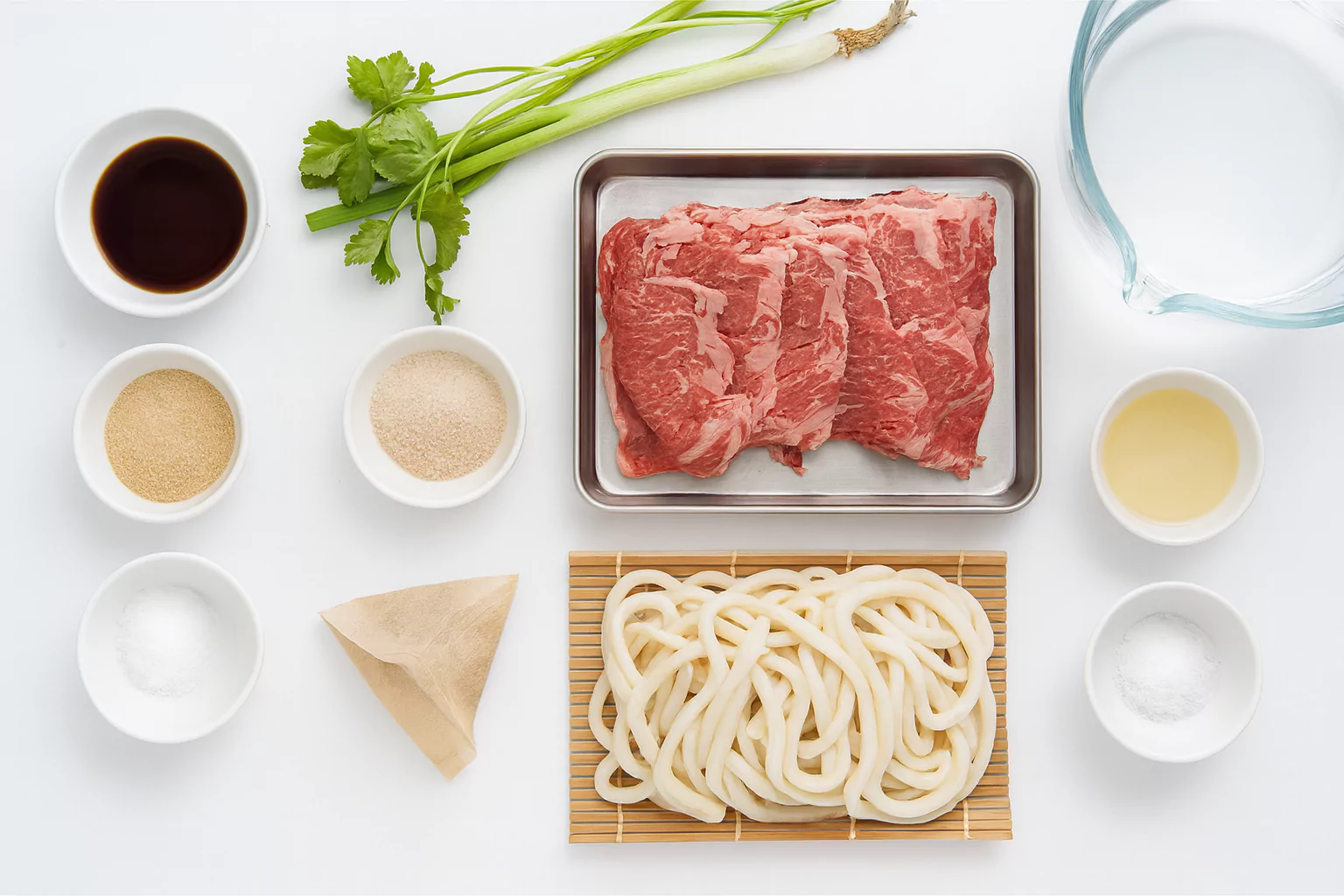
Why These Ingredients Matter
Each ingredient plays a role. The dashi makes the broth light yet savory. The soy sauce and mirin season it without being overpowering. The beef topping brings richness, while the noodles soak up all the flavors. Together, they create a bowl that feels complete.
Step-by-Step Instructions
Step 1: Make the Broth
- In a saucepan, prepare 2½ cups of dashi.
- Add soy sauce, mirin, sugar, and salt.
- Simmer gently for a few minutes until flavors blend.
- Keep warm while you prepare the rest.
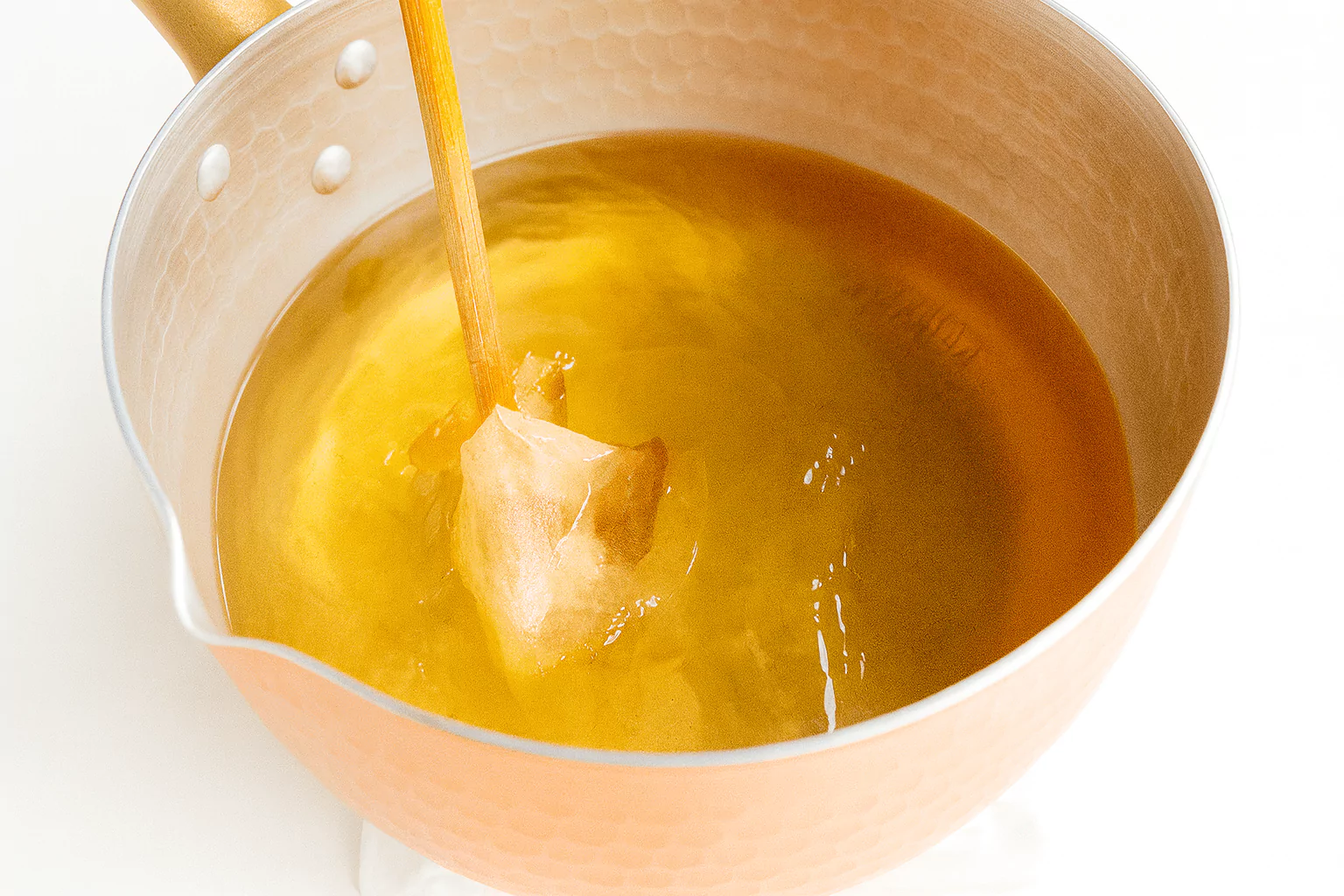
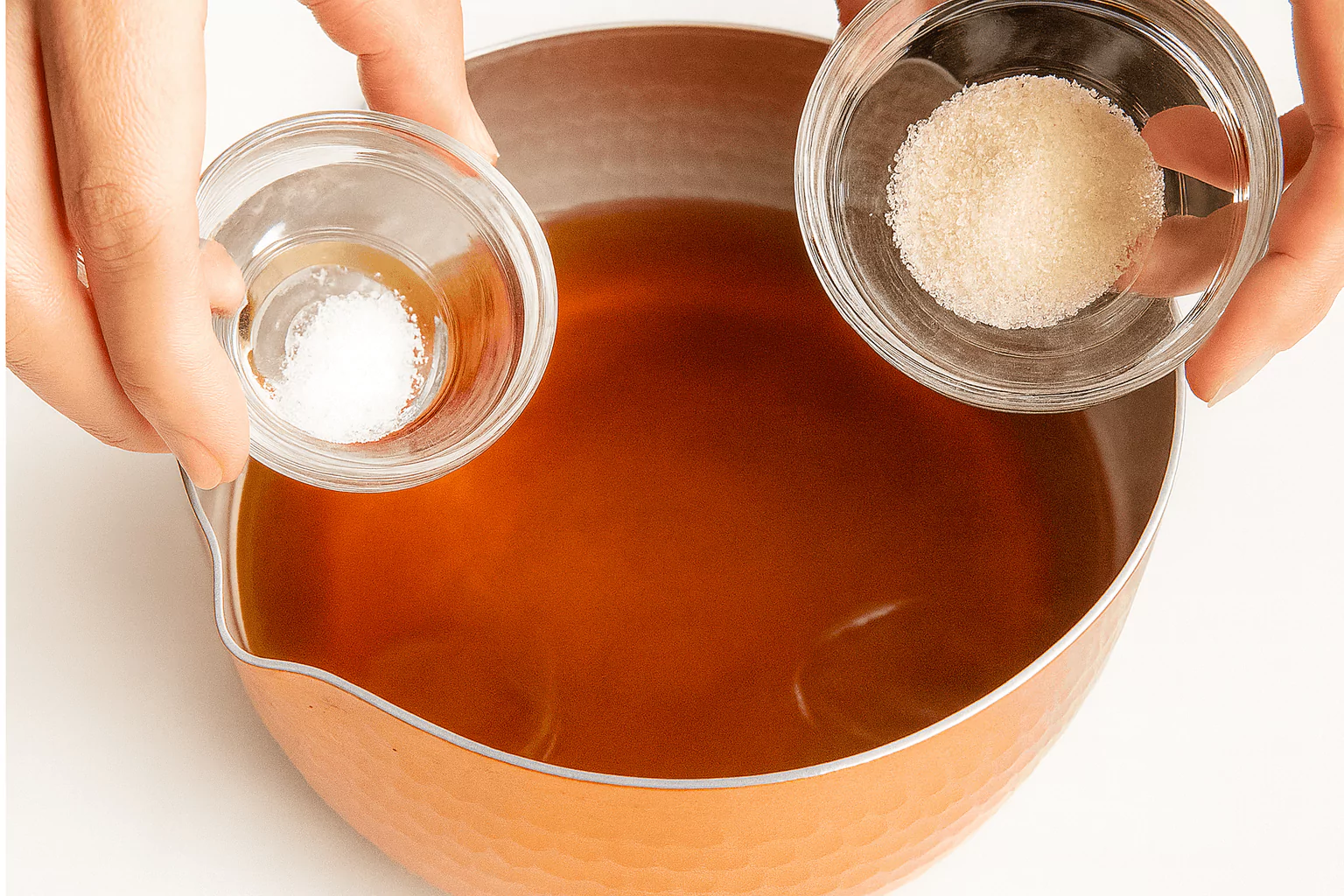
Shortcut Option: If using mentsuyu (bottled noodle soup base), dilute with water and add mirin for a faster version.
Step 2: Prepare the Toppings
- Cut the white section of the green onion into thin diagonal slices for both flavor and presentation.
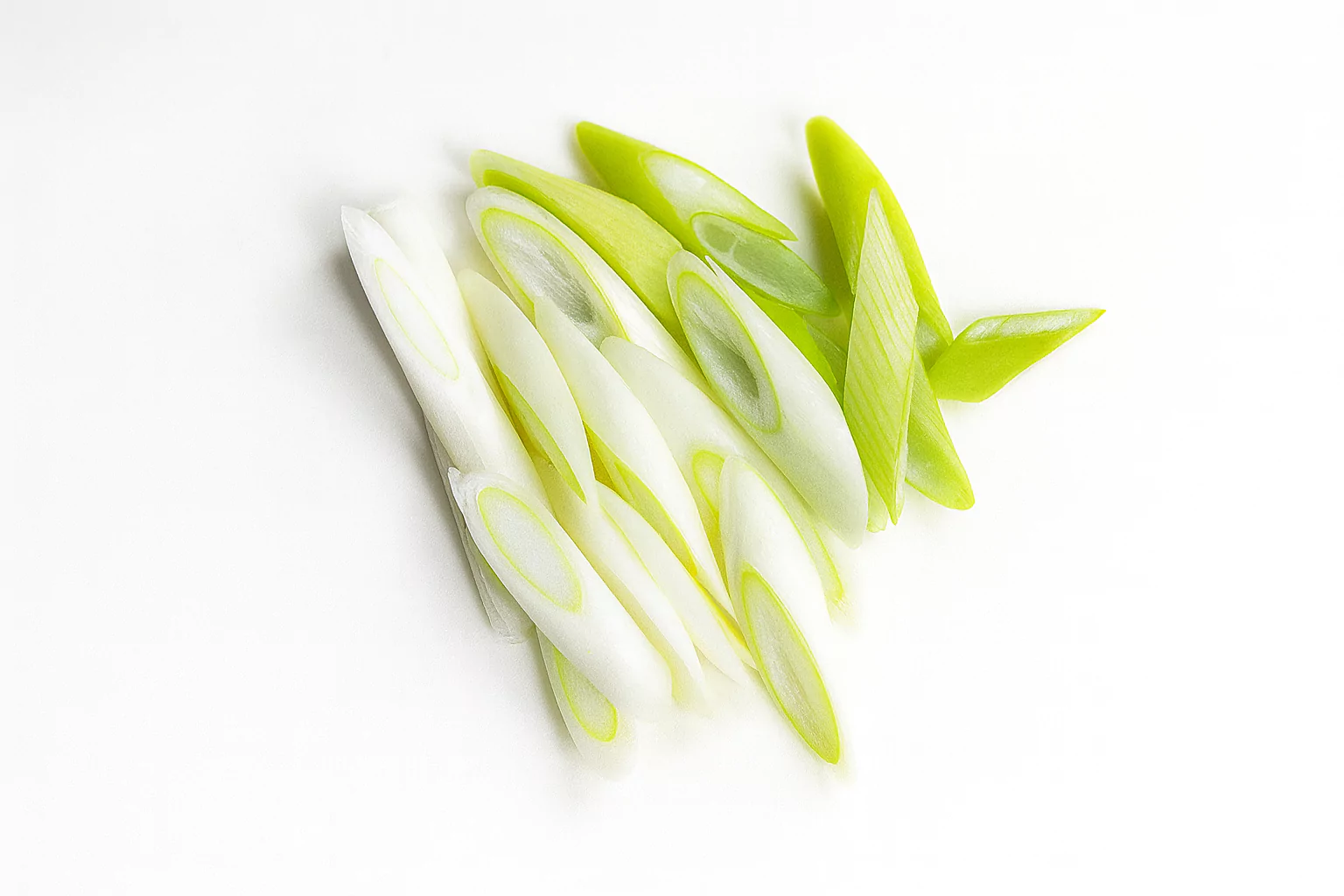
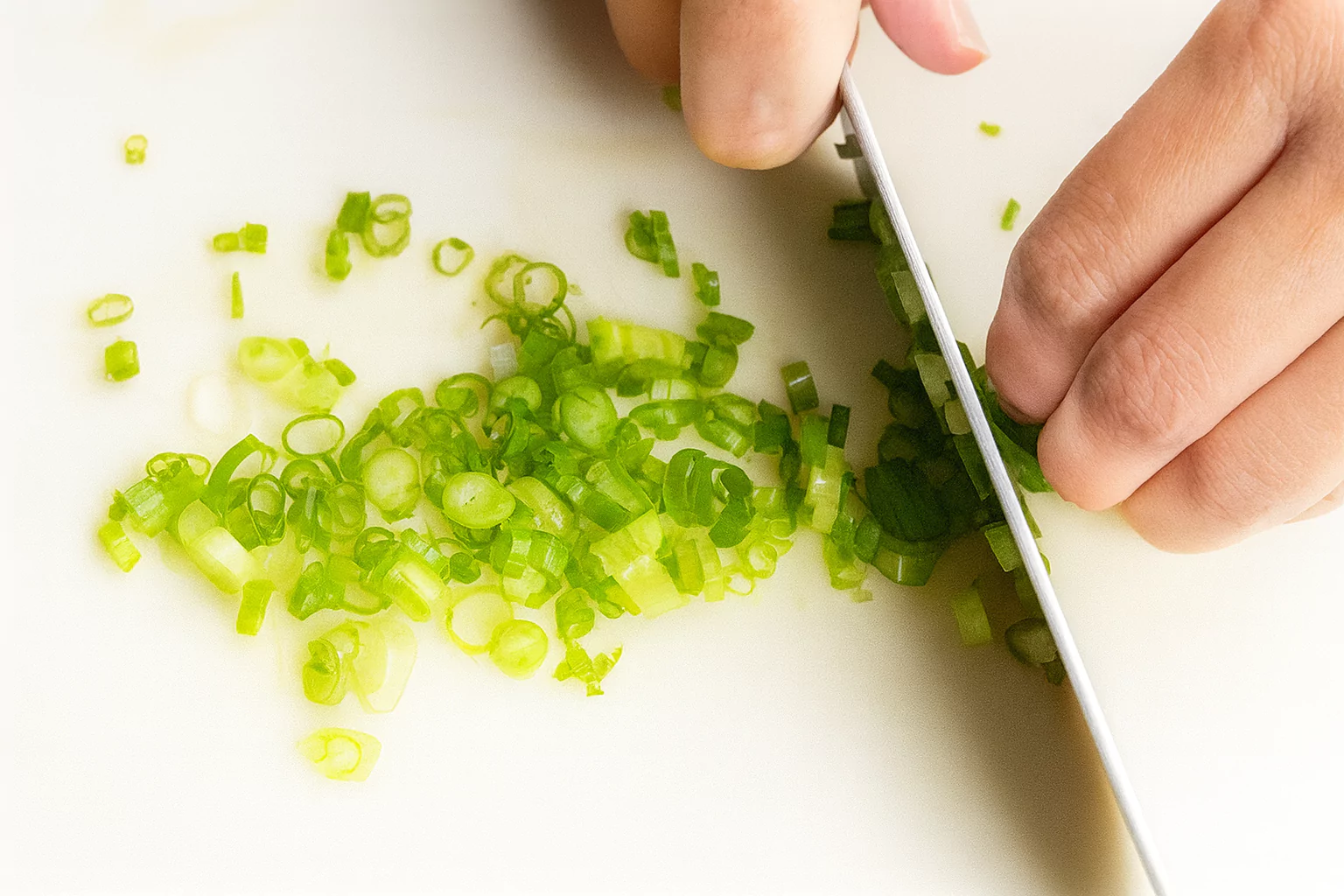
- Cut the beef slices into smaller, bite-sized pieces.
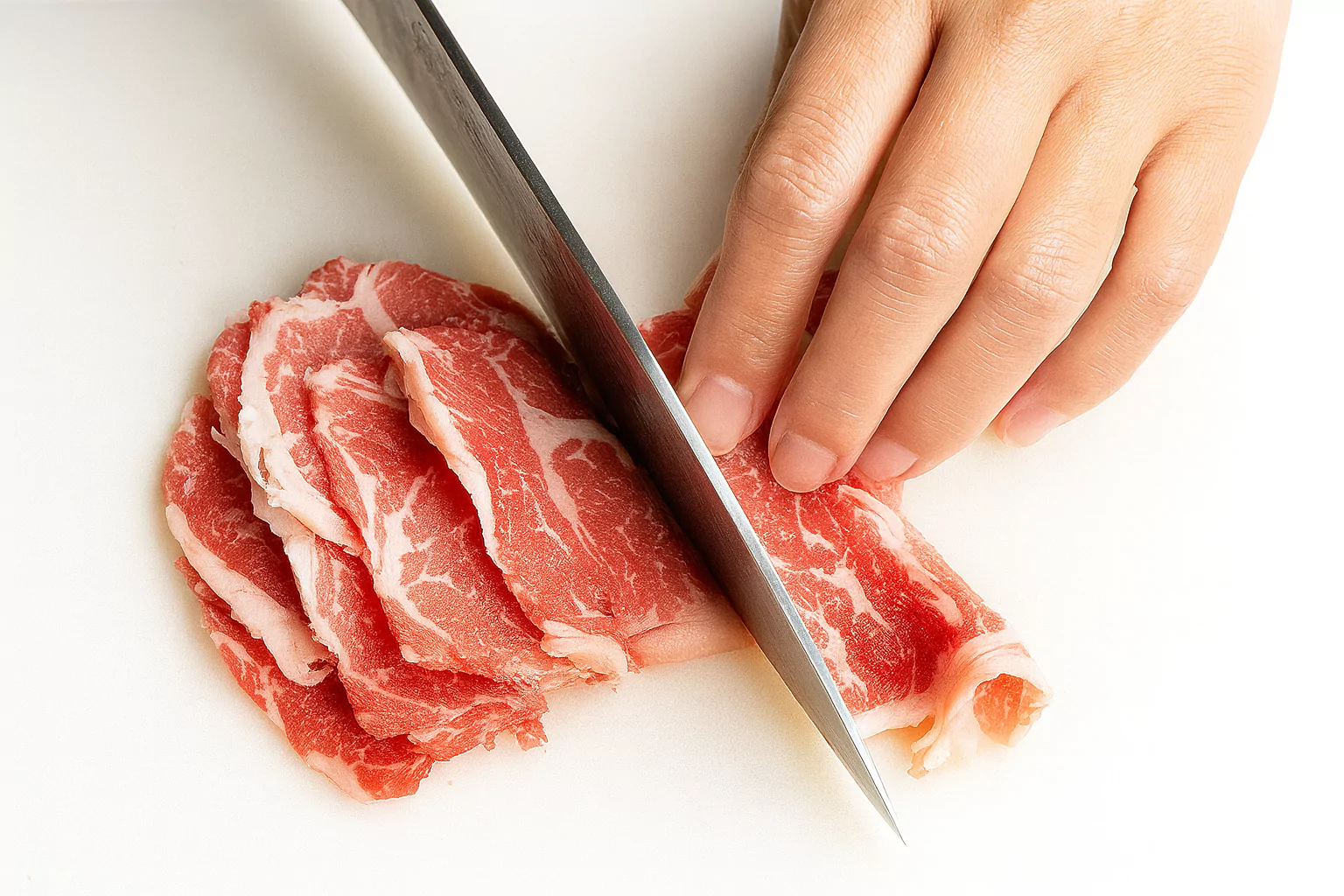
- Optional: Slice narutomaki and chop mitsuba for garnish.

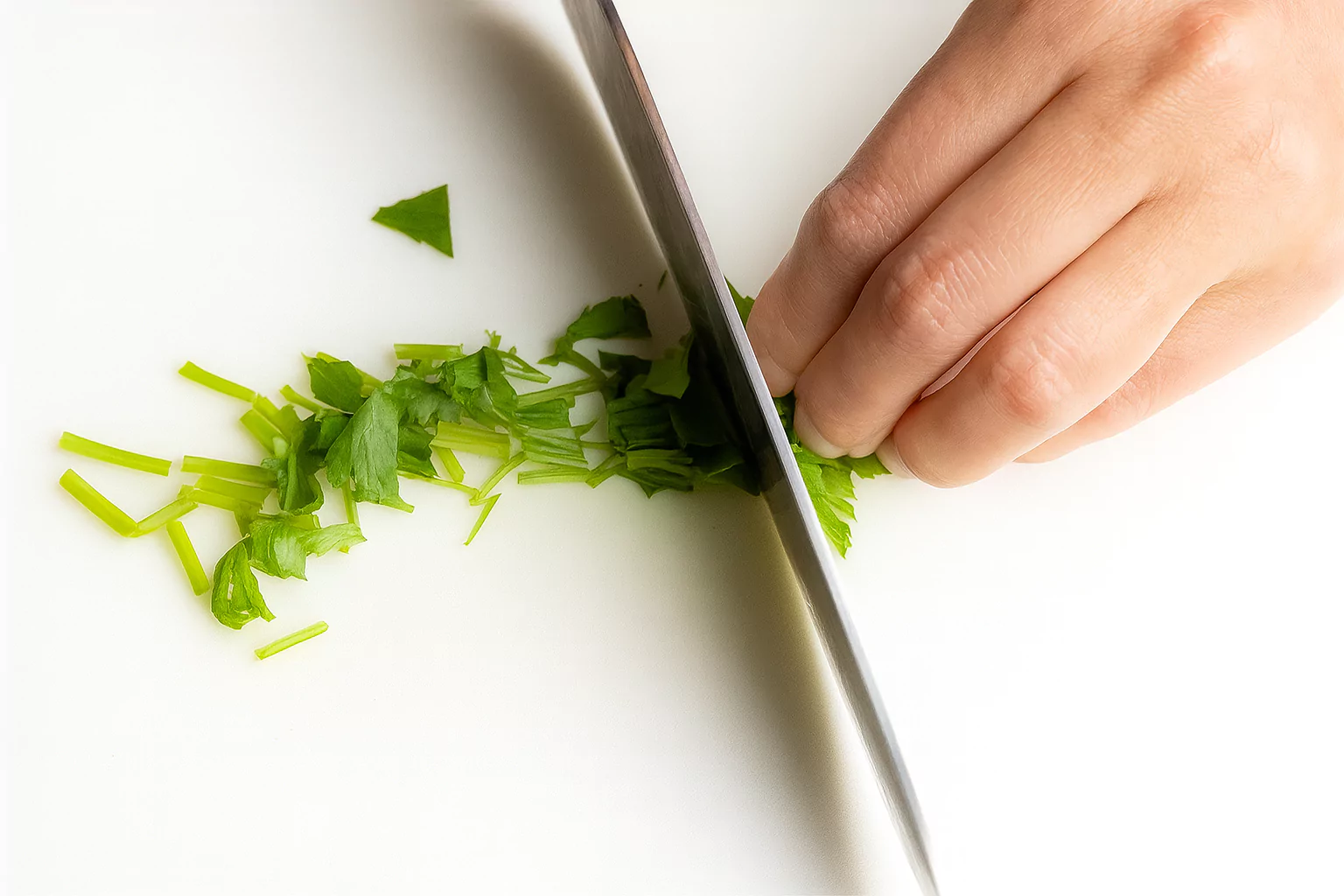
Step 3: Cook the Beef
- Heat a small pan with a little neutral oil.
- Add the sliced onion and sauté until golden.

- Add the beef and cook until it changes color.
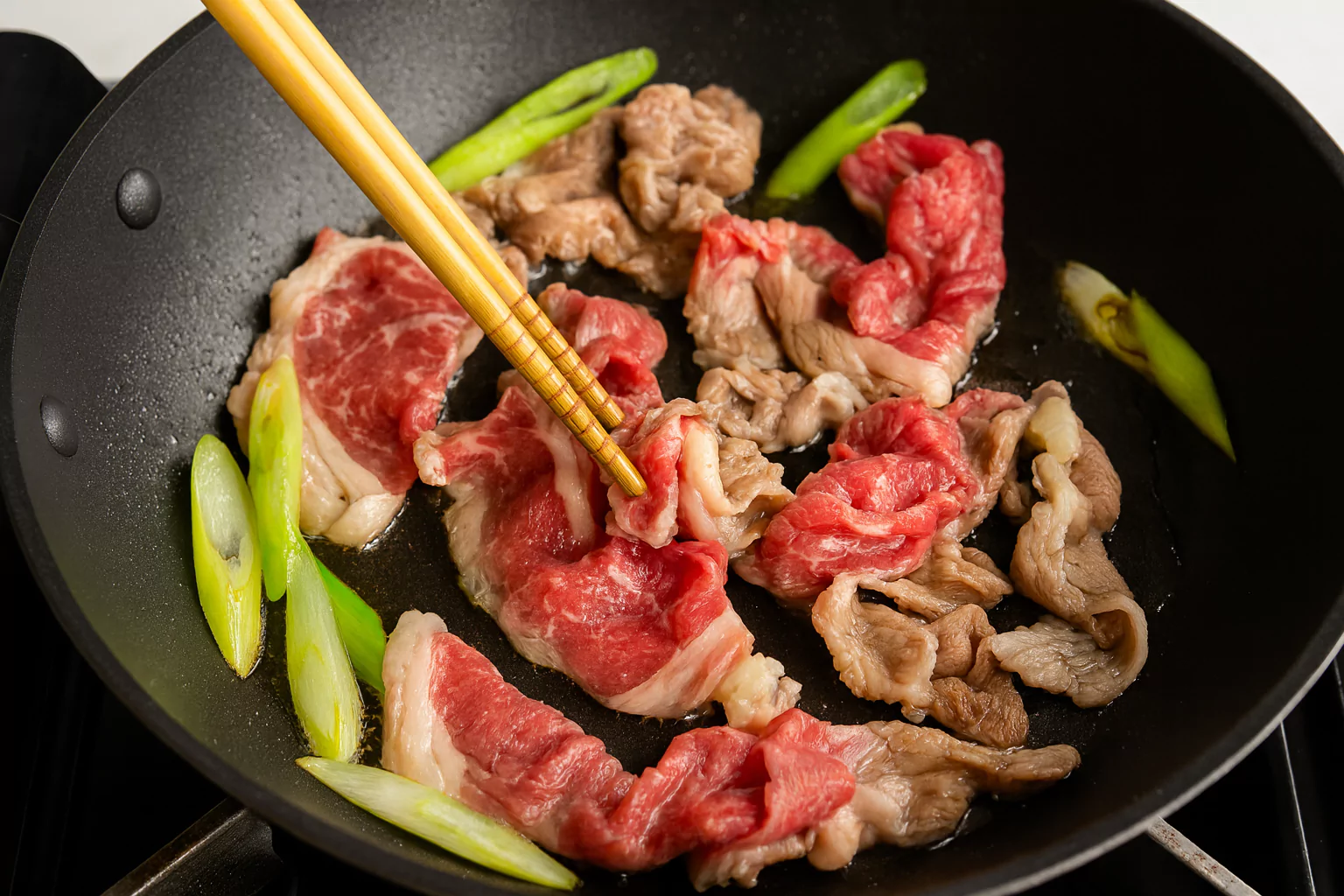
- Season with soy sauce and sugar. Stir until the beef is coated.
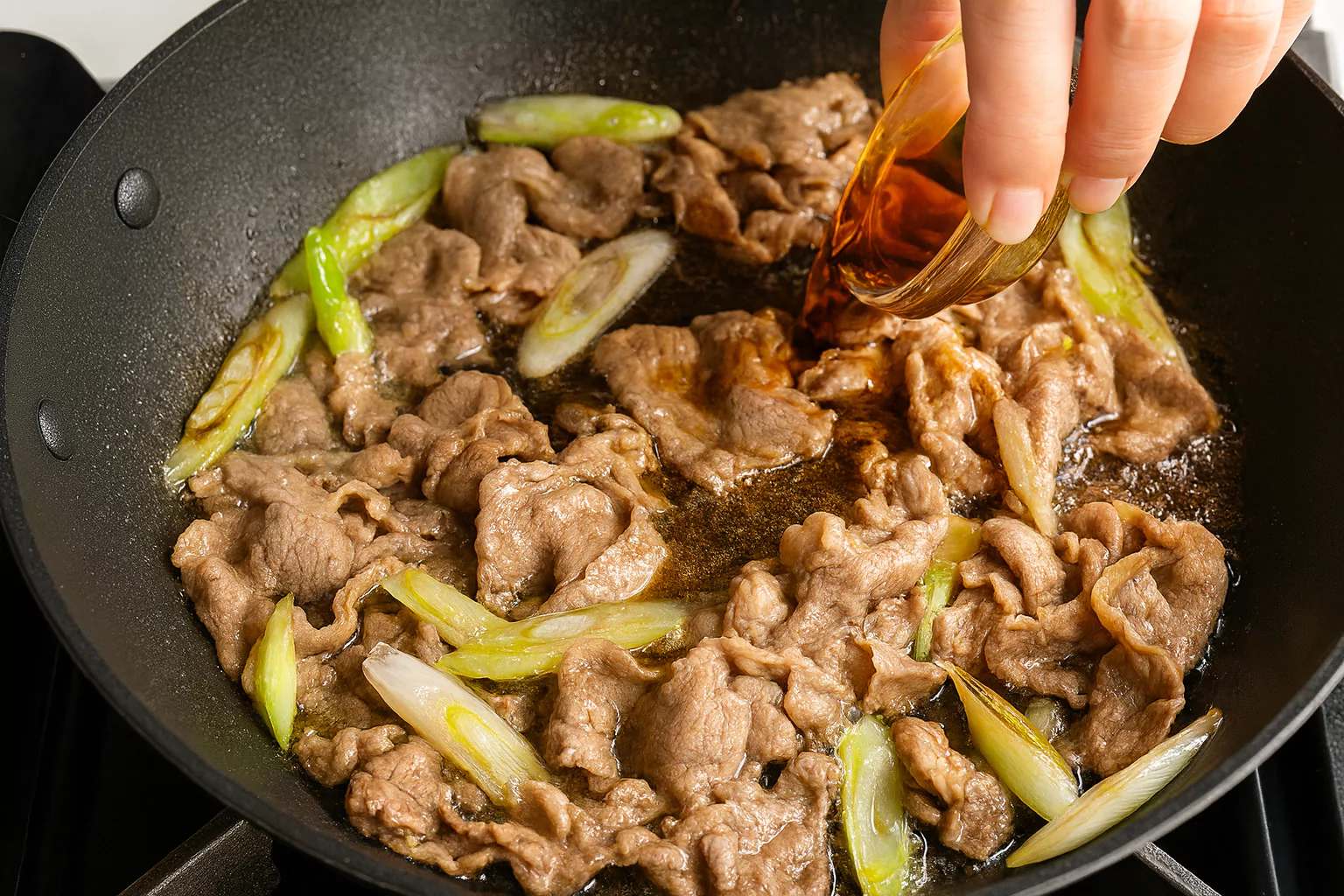
- Remove from heat.
Step 4: Cook the Udon Noodles
- Bring a large pot of water to boil.
- Cook the udon according to the package:
- Frozen udon: about 1 minute.
- Fresh udon: 2–3 minutes.
- Dried udon: 8–10 minutes.
- Drain well.
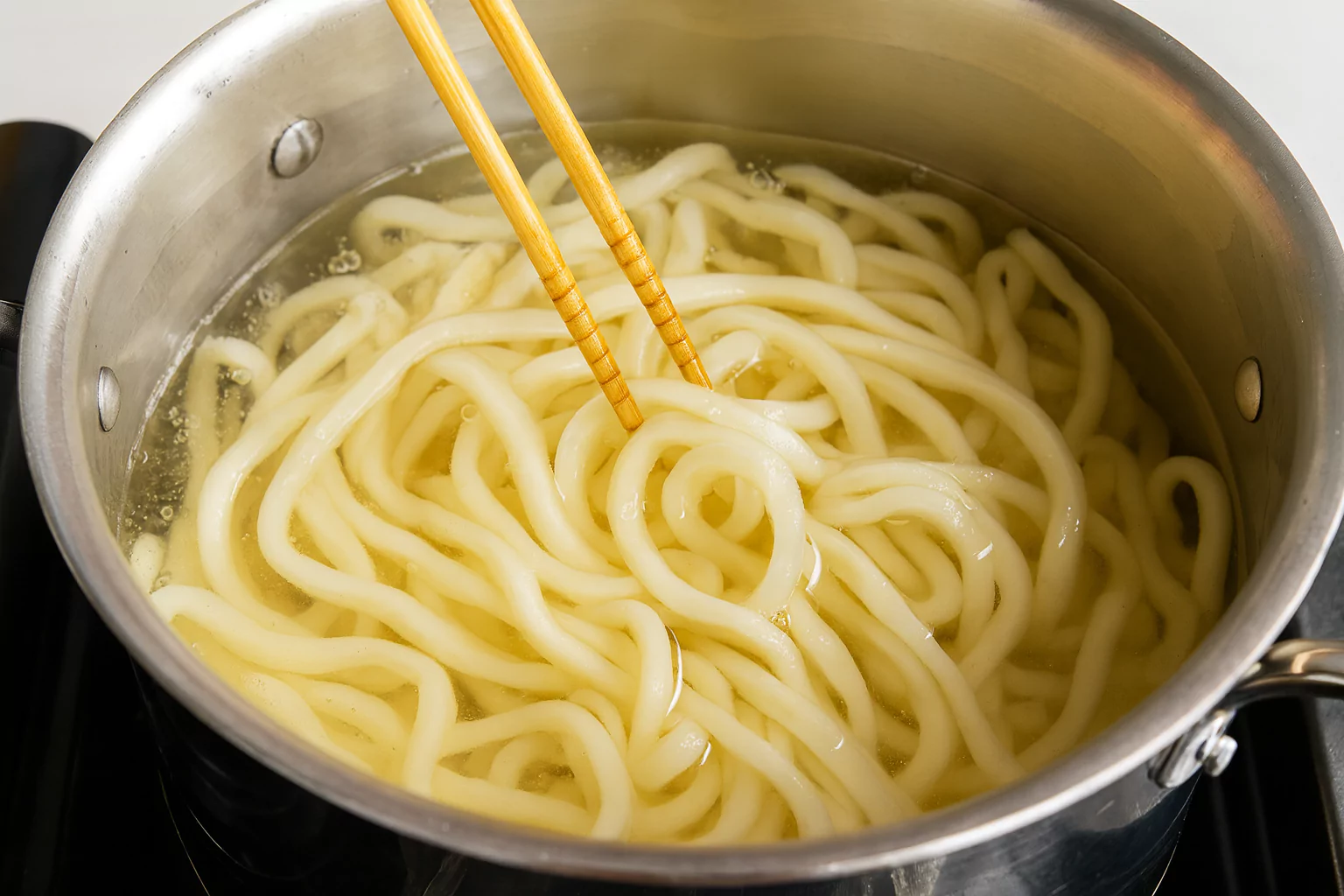
Step 5: Assemble the Dish
- Place hot noodles into serving bowls.

- Pour broth over the noodles.
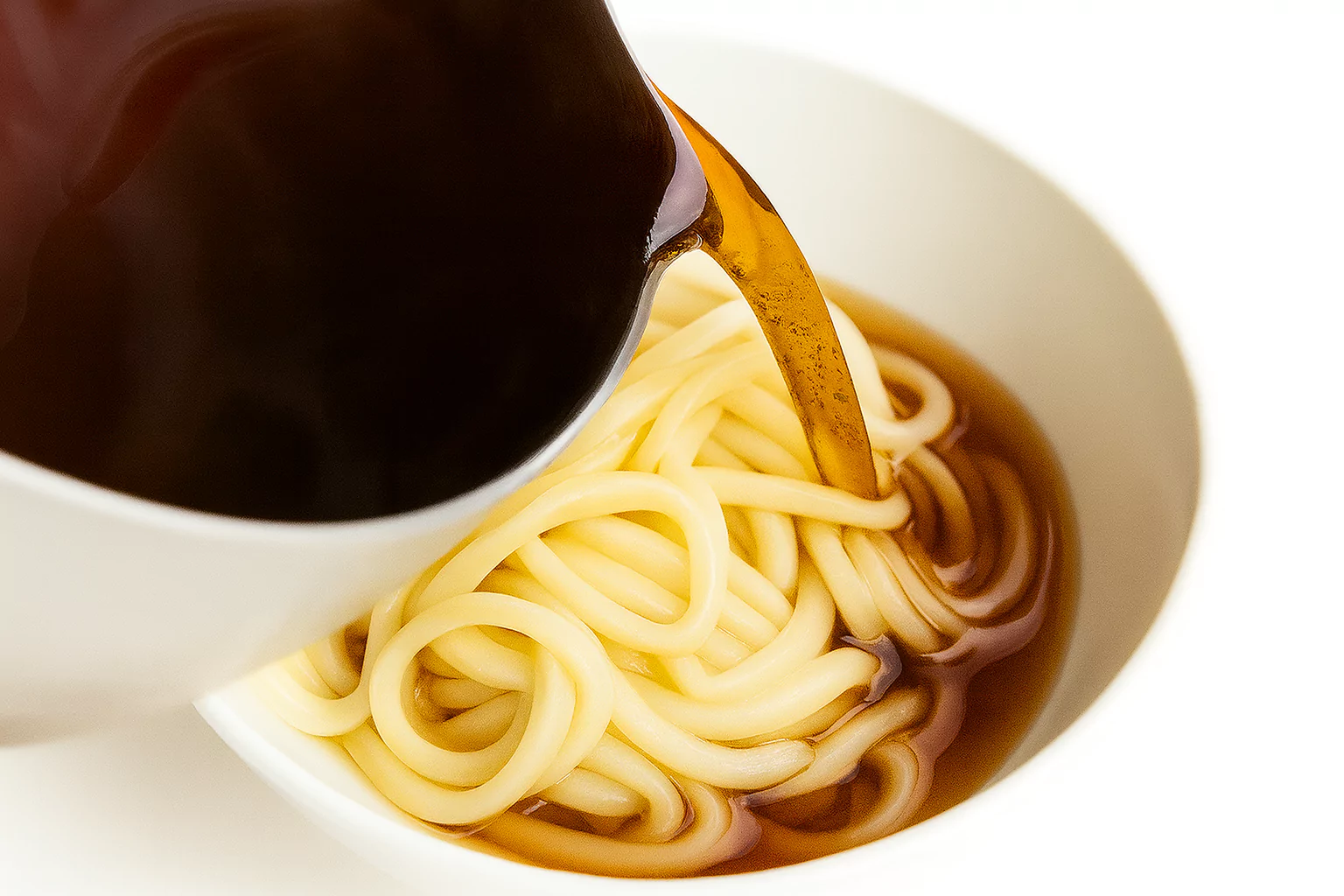
- Arrange the cooked beef, sautéed onion, narutomaki, and mitsuba on top.

- Finish with a sprinkle of sliced green onions.
- Add shichimi togarashi if you like spice.
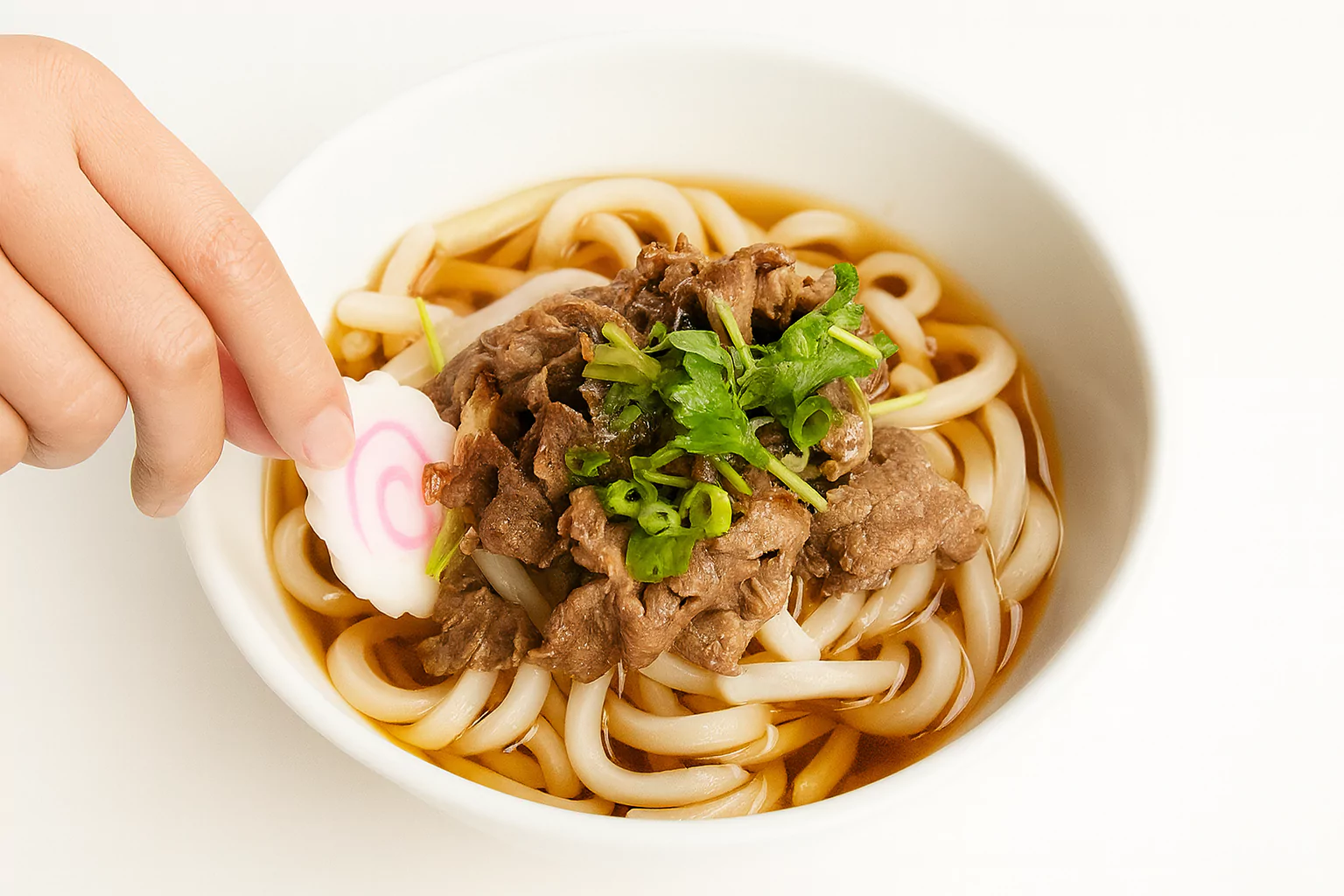
Secrets to Success and Expert Tips
- Slice meat thinly: Freeze beef for 20 minutes before cutting. It makes thin slicing easier.
- Balance flavors: Taste the broth before serving. Add a dash more soy for saltiness or mirin for sweetness if needed.
- Use frozen udon: It has a springier texture than dried noodles.
- Don’t overcook the beef: Cook only until just done so it stays tender.
Assembly and Presentation
How you serve Beef Udon makes it even more enjoyable:
- Use deep bowls to keep broth hot longer.
- Layer the beef neatly on one side of the noodles.
- Place narutomaki and green onions opposite for color contrast.
- Garnish with mitsuba for freshness.
Hana’s Recipe Tips
- If you’re cooking for guests, prepare the broth and beef in advance. Reheat them while boiling fresh noodles.
- Add a raw egg yolk on top for a richer version. The heat of the soup will slightly cook it, giving a silky texture.
- For a restaurant-style look, serve with small side dishes like pickles or tempura.
Storage and Make-Ahead Tips
- Broth: Store in the fridge for up to 3 days or freeze for a month.
- Beef topping: Keeps well in the fridge for 2 days. Reheat gently before serving.
- Noodles: Best cooked fresh, but boiled noodles can be rinsed in cold water and stored for a day. Reheat quickly in boiling water before serving.
Make-ahead option: Prepare broth and beef a day in advance. Cook noodles fresh on the day of serving.
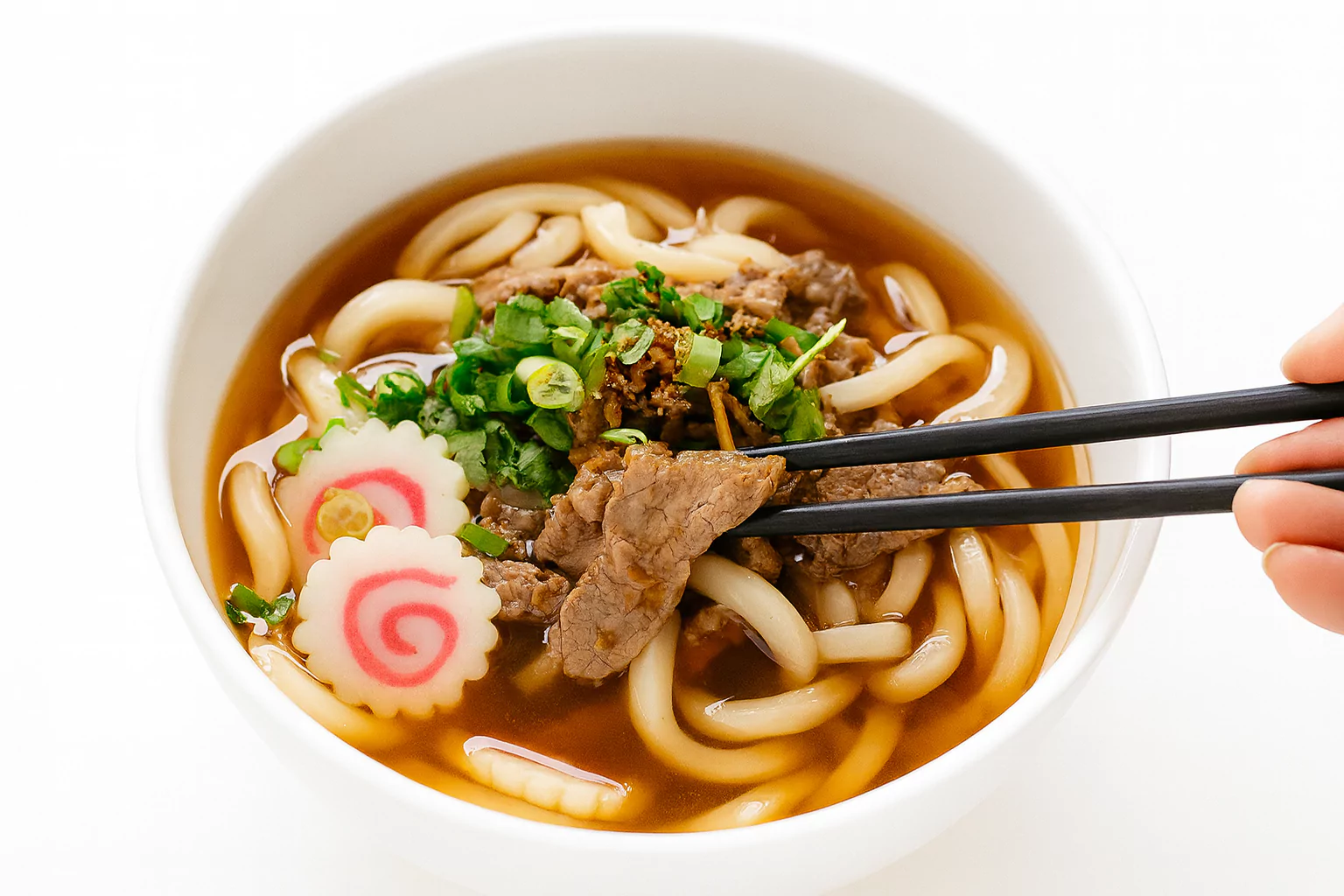
Recipe Variations
Beef Udon is flexible. Try these variations:
- Spicy Beef Udon: Add chili oil or extra shichimi to the broth.
- Vegetable Udon: Add mushrooms, spinach, or bok choy.
- Egg Udon: Crack a raw egg into the hot soup for a creamy touch.
- Chicken Udon: Use thinly sliced chicken breast instead of beef.
- Cold Beef Udon: In summer, serve noodles chilled with broth on the side for dipping.
If you’re planning a trip to Japan, don’t miss the vibrant local culture that pairs perfectly with comforting dishes like this one. Check out the September 2025 events in Japan for travel inspiration and seasonal experiences.
Conclusion
Beef Udon is more than just noodles in broth—it’s a dish that delivers comfort, flavor, and balance in every bite. With just a few Japanese pantry staples and fresh ingredients, you can recreate this restaurant favorite at home. Whether you make it for a quick weeknight meal or to impress guests, the result will always be satisfying. So grab your pot, slice your beef, and let’s bring the warmth of Japan into your kitchen.
FAQs About Beef Udon
Q1: Can I make Beef Udon without dashi?
Yes. Substitute chicken or vegetable broth. The flavor won’t be identical, but it will still be tasty.
Q2: What kind of beef is best?
Ribeye is most common because it’s tender and marbled. You can also use sirloin or brisket if sliced thin.
Q3: Is Beef Udon healthy?
Yes. It’s a balanced dish with protein from beef, carbs from noodles, and vitamins from vegetables. The broth is lighter than creamy soups, making it easier on digestion.
Q4: Can I make it vegetarian?
Absolutely. Skip the beef and use tofu or mushrooms as a topping. Use kombu-shiitake dashi for the broth.
Q5: How do I store leftovers?
Keep broth and toppings separate from noodles. Store in the fridge and reassemble before reheating.
Q6: What makes Beef Udon different from Ramen?
Ramen usually has a richer, heavier broth (pork or chicken based), while Beef Udon uses a light dashi broth. The noodles are also thicker and chewier in udon.
Beef Udon : How to make Niku Udon 肉うどん
Course: Main CoursesCuisine: JapaneseDifficulty: Easy2
servings10
minutes20
minutes~520
kcalNiku Udon (肉うどん) is a comforting Japanese noodle soup made with chewy udon noodles, tender slices of beef, and a light dashi broth. Sweet and savory flavors come together in a warming bowl that’s quick to prepare yet deeply satisfying—perfect for busy weeknights or cozy weekends.
Ingredients
- For the Broth (from scratch):
2 ½ cups dashi stock (use homemade, instant powder, or vegan kombu-shiitake dashi)
1 ½ Tbsp soy sauce
1 Tbsp mirin
1 tsp sugar
⅛ tsp kosher salt
- For the Beef and Noodles:
6–8 oz thinly sliced beef (ribeye works well, cut into bite-sized pieces)
½ stalk Tokyo negi (or 2 green onions, white part only)
1 green onion (thinly sliced for garnish)
4 slices narutomaki (optional fish cake)
4 sprigs mitsuba (optional Japanese parsley)
1 Tbsp neutral cooking oil
2 tsp sugar
1 Tbsp soy sauce
2 servings of udon noodles — fresh, frozen, or dried (frozen varieties give the best chewy texture).
- Optional Garnish:
Shichimi togarashi (Japanese seven spice)
- Quick Broth Shortcut (optional)
⅓ cup mentsuyu (noodle soup base)
2 ⅓ cups water
1 Tbsp mirin
Directions
- Prepare the Broth
In a saucepan, heat 2 ½ cups of water and add your dashi base. Simmer for 2–3 minutes.
Stir in the soy sauce, mirin, sugar, and a small amount of salt until the broth is well seasoned. Taste and adjust seasoning if needed. Keep warm. - Slice and Prep
Cut the white part of the negi (or green onion) diagonally into thin slices.
Slice the beef into smaller bite-sized strips.
Prepare optional toppings like fish cake and mitsuba. - Cook the Beef
Heat oil in a pan over medium heat.
Add sliced onion and sauté until golden.
Add beef and cook until it loses its pink color.
Sprinkle sugar and soy sauce, stir until the meat is coated. Remove from heat. - Cook the Udon Noodles
Bring a pot of water to a boil.
Cook noodles according to package directions:
Frozen: 1 minute
Fresh: 2–3 minutes
Dried: 8–10 minutes
Drain and divide into bowls. - Assemble
Pour hot broth over noodles.
Place beef and onions on top.
Add fish cake, green onion, and mitsuba.
Sprinkle shichimi togarashi for spice (optional).
Notes
- Use frozen udon for the best chewy texture.
Don’t overcook beef; keep it tender.

